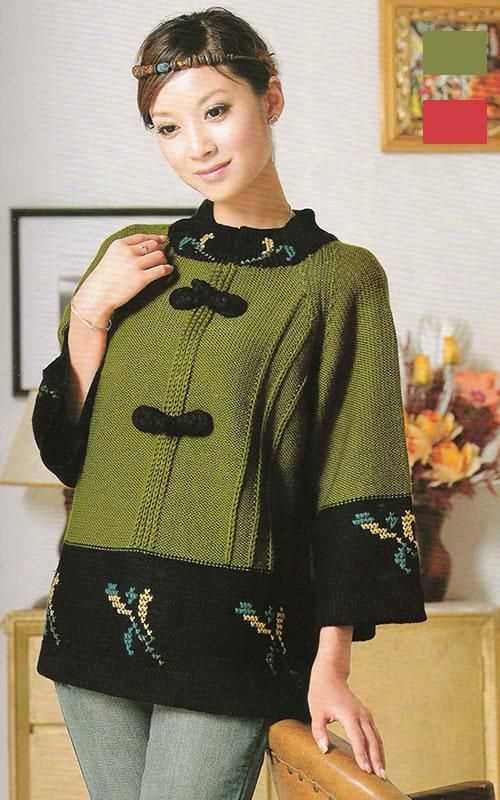
Japanese knitting patterns have become increasingly popular in recent years, thanks to their unique and intricate designs. These patterns are known for their attention to detail, interesting stitch patterns, and beautiful finished products. Whether you’re a novice knitter or an experienced one, exploring Japanese knitting patterns can bring a new level of creativity and inspiration to your knitting projects.
One of the defining characteristics of Japanese knitting patterns is their use of intricate stitch patterns and motifs. From delicate lace patterns to intricate cable designs, Japanese patterns offer a wide variety of options for knitters to choose from. These patterns often incorporate traditional Japanese motifs such as cherry blossoms, waves, or kimono patterns, adding a touch of cultural richness to your knitting projects.
Another unique aspect of Japanese knitting patterns is their clear and detailed instructions. Japanese patterns are known for their charts and diagrams that provide a visual representation of each stitch pattern. While this may seem intimidating at first, many knitters find that these diagrams make it easier to understand and follow the pattern. Additionally, Japanese patterns often include step-by-step photo tutorials to guide you through more complex techniques or stitch patterns.
Whether you’re interested in knitting a cozy sweater, a delicate shawl, or a pair of intricate socks, Japanese knitting patterns offer a wide range of options to suit your style and skill level. With their attention to detail, interesting stitch patterns, and clear instructions, exploring the world of Japanese knitting patterns can be a rewarding and enriching experience for any knitter. So grab your needles, choose a pattern, and embark on a knitting journey that combines artistry and cultural appreciation.
Japanese Style Knitting Patterns
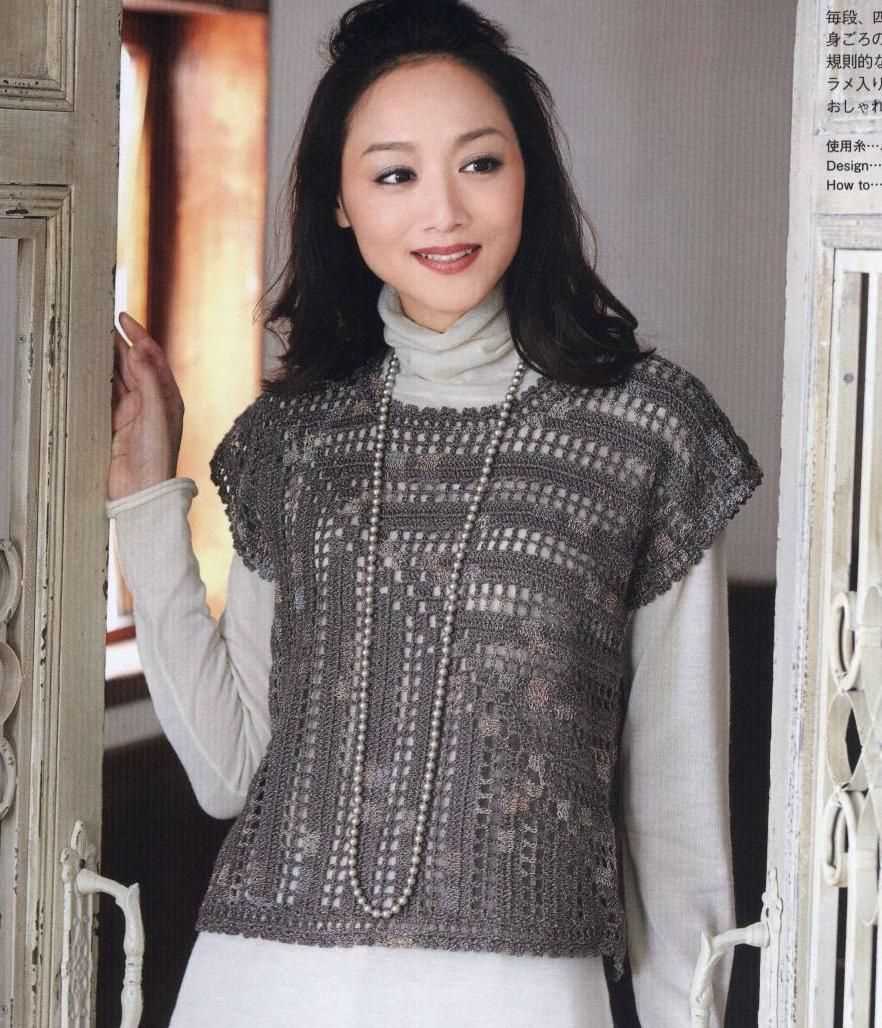
Japanese-style knitting patterns are known for their intricate designs and attention to detail. These patterns often incorporate traditional Japanese motifs such as cherry blossoms, koi fish, and geometric patterns, creating unique and beautiful garments and accessories.
One distinctive feature of Japanese knitting patterns is their use of charts instead of written instructions. These charts, also known as knitting diagrams, represent each stitch and row with symbols, allowing knitters to visualize the pattern and make precise stitches. This method is especially popular among experienced knitters who prefer a more visual approach to their craft.
Patterns
Japanese knitting patterns offer a wide range of options for knitters of all skill levels. From simple and elegant shawls to complex and intricate sweaters, there is something for everyone. The patterns often include detailed instructions, diagrams, and schematics to guide knitters through the process.
Yarn and Needles
Japanese knitting patterns often specify the type of yarn and needle size to achieve the desired result. Traditional Japanese yarns such as silk and wool blends are commonly used, known for their high-quality and softness. The needle size may vary depending on the pattern and desired gauge, ensuring the knitted garment or accessory has the right drape and texture.
Japanese Knitting Books
There are numerous Japanese knitting books available that feature beautiful patterns, techniques, and inspiration. These books are often highly sought after by knitting enthusiasts around the world for their unique designs and innovative approaches to knitting. They can be a valuable resource for knitters looking to explore the world of Japanese knitting.
In conclusion, Japanese-style knitting patterns are revered for their intricate designs, attention to detail, and use of charts instead of written instructions. With a wide range of patterns available and the opportunity to work with high-quality yarns, knitters can create stunning and unique garments and accessories.
The History of Japanese Knitting
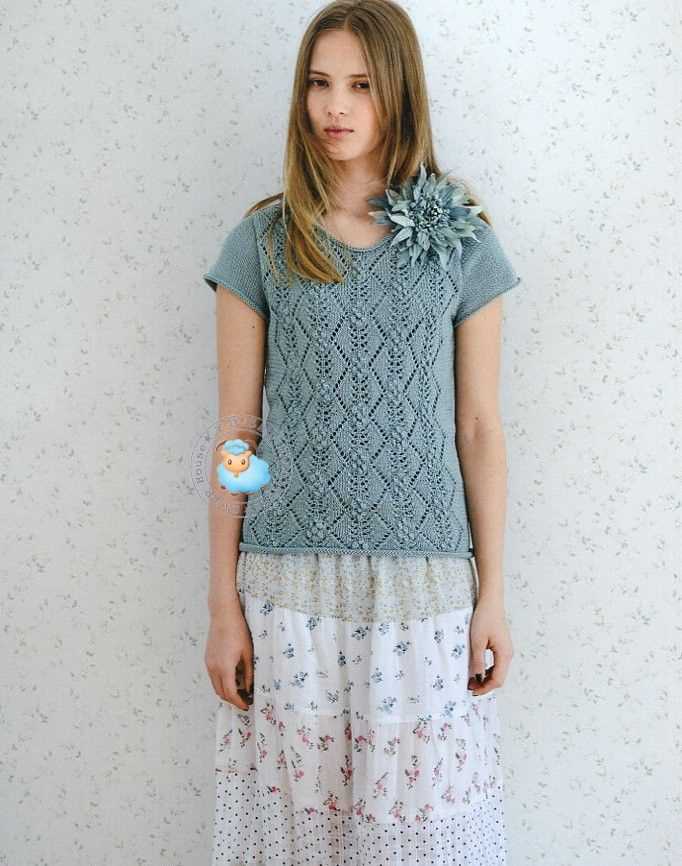
Knitting has been an integral part of Japanese culture for centuries, with a rich history that spans back to ancient times. While the exact origins of knitting in Japan are not well-documented, it is believed to have been introduced to the country from neighboring regions such as China and Korea.
Early Japanese knitting techniques were primarily used to create functional garments, such as socks and gloves, which were essential for surviving the country’s cold winters. Knitting was initially a craft practiced by the lower classes, but over time it gained popularity among the upper classes as well. It became a symbol of status and wealth, with intricately knitted garments featuring elaborate patterns and designs.
During the Edo period (1603-1868), knitting became more widespread, and different regions of Japan developed their own unique knitting styles. The techniques and patterns used in Japanese knitting were passed down through generations, often within families or close-knit communities. These traditional knitting techniques were closely guarded secrets, with patterns and designs carefully handed down from one knitter to another.
Japanese knitting patterns are known for their attention to detail and intricate designs. They often incorporate elements of nature, such as flowers, leaves, and animals, and utilize a variety of stitches to create texture and depth. One of the distinguishing features of Japanese knitting is the use of charts instead of written instructions, allowing knitters to easily visualize the pattern and make adjustments as needed.
Today, Japanese knitting has gained a global following, with enthusiasts around the world drawn to its unique aesthetic and meticulous craftsmanship. Japanese knitting patterns continue to inspire and challenge knitters of all skill levels, offering a window into the rich history and culture of this ancient craft.
Unique Features of Japanese Knitting Patterns
Japanese knitting patterns are known for their intricate designs and attention to detail. They often incorporate traditional Japanese motifs and techniques, resulting in unique and stunning finished pieces. Here are some features that make Japanese knitting patterns stand out:
1. Charts Instead of Written Instructions
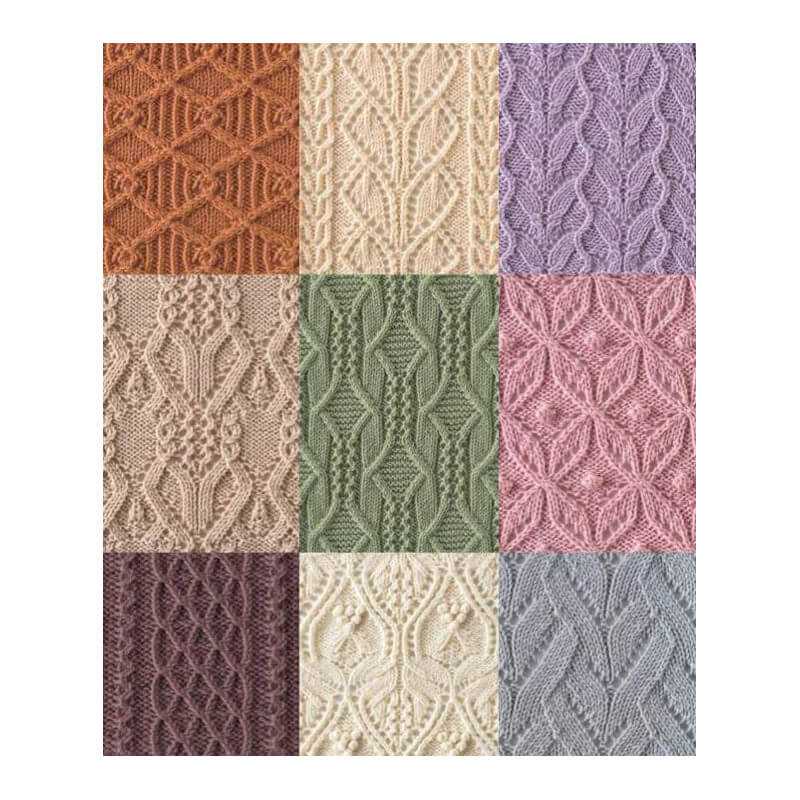
Unlike many Western knitting patterns that rely on written instructions, Japanese knitting patterns primarily use charts. These charts provide visual representations of the stitches and patterns, making it easier for knitters to follow along. This method allows for clear and concise instructions, as well as easy customization and modification.
2. Combination of Stitches
Japanese knitting often combines different stitch patterns and techniques to create intricate designs. From lace and cables to colorwork and textured stitches, these patterns offer a wide range of possibilities. This combination of stitches adds depth and complexity to the finished project, resulting in beautifully detailed and eye-catching knits.
3. Emphasis on Precision and Tension
Japanese knitting patterns place a strong emphasis on precise stitch placement and tension control. This attention to detail ensures that the finished piece looks polished and professional. Knitters are encouraged to use stitch markers and count their stitches carefully to maintain the desired shape and size of the project.
4. Traditional Motifs and Inspirations
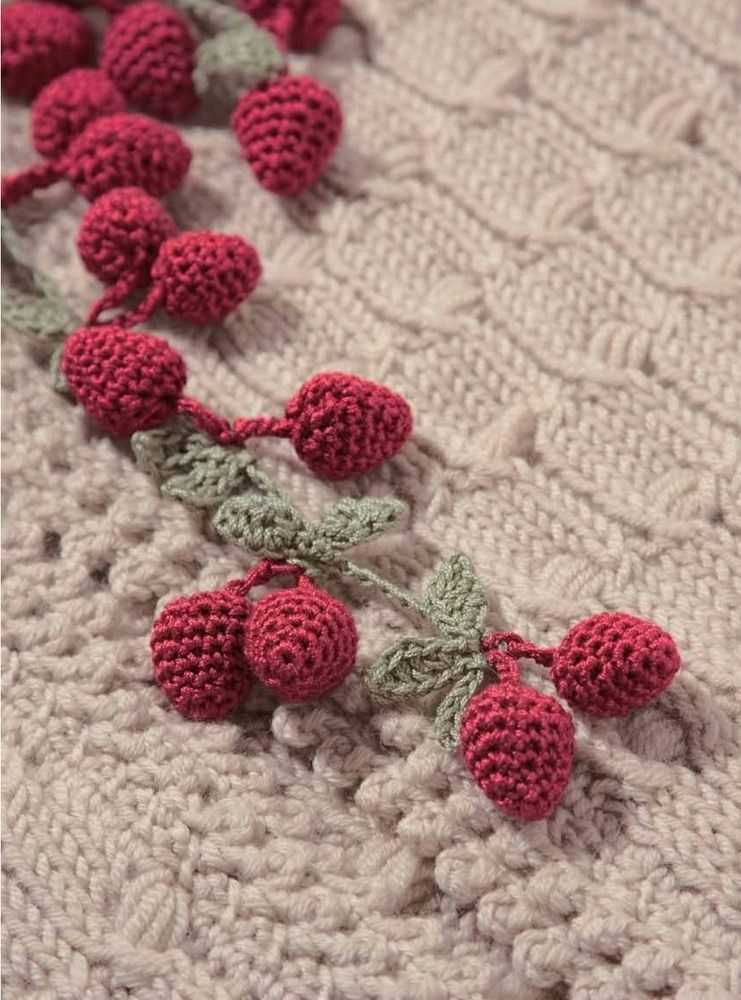
Japanese knitting patterns often draw inspiration from traditional Japanese motifs and cultural elements. From cherry blossoms and geometric patterns to kimono-inspired designs, these patterns celebrate the rich cultural heritage of Japan. Incorporating these motifs into knitting projects adds a unique and meaningful touch to the finished pieces.
5. Clear Visual References
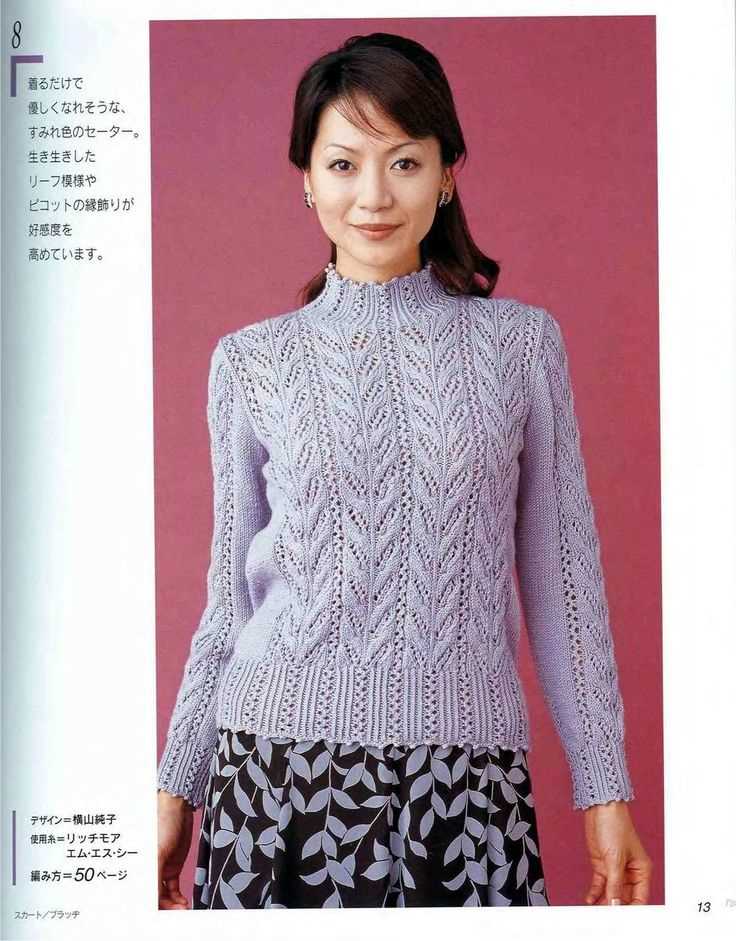
Japanese knitting patterns include clear visual references, such as detailed photographs of the finished project and step-by-step diagrams. These visuals make it easier for knitters to understand the construction and assembly of the piece. Additionally, Japanese knitting books often feature high-quality photography and inspiring styling, making them not only instructional but also visually appealing.
In conclusion, Japanese knitting patterns stand out for their use of charts, combination of stitches, emphasis on precision, incorporation of traditional motifs, and clear visual references. These unique features contribute to the beauty and intricacy of Japanese knits, making them highly sought after by knitters around the world.
Traditional Japanese Stitch Patterns
Japanese knitting patterns are known for their intricate and unique stitch patterns that have been passed down through generations. These traditional stitch patterns showcase the exquisite craftsmanship and attention to detail that is characteristic of Japanese knitting.
One popular traditional Japanese stitch pattern is the “herringbone” stitch. This stitch pattern creates a textured fabric that resembles the skeleton of a fish. The herringbone stitch is often used in Japanese knitwear designs to add dimension and visual interest to garments such as sweaters, scarves, and hats.
Kanoko stitch – The kanoko stitch, also known as the “dotted stitch,” is a traditional Japanese stitch pattern that creates a series of small, textured dots on the fabric. This stitch pattern is often used in Japanese knitting to create intricate patterns and motifs, and it adds a beautiful texture to garments and accessories.
Kikkou stitch – The kikkou stitch, also known as the “turtle shell stitch,” is a traditional Japanese stitch pattern that creates a geometric, hexagonal pattern resembling a turtle shell. This stitch pattern is often used in Japanese knitting to create unique and visually stunning designs, and it is commonly seen in sweaters, shawls, and blankets.
Sakura stitch – The sakura stitch, also known as the “cherry blossom stitch,” is a traditional Japanese stitch pattern that depicts the delicate and beautiful cherry blossoms. This stitch pattern is often used in Japanese knitting to create floral motifs and intricate designs, and it adds a feminine and elegant touch to garments and accessories.
Overall, traditional Japanese stitch patterns showcase the rich cultural heritage and artistic craftsmanship of Japan. These intricate and unique stitch patterns continue to inspire and captivate knitters around the world, providing endless possibilities for creating beautiful and one-of-a-kind knitted garments and accessories.
Contemporary Japanese Knitting Designs
Japanese knitting designs have a rich history and have long been admired for their intricate patterns and attention to detail. In recent years, contemporary Japanese knitting designs have gained popularity for their modern twist on traditional techniques. These designs often incorporate unique stitch patterns, color combinations, and garment constructions, resulting in one-of-a-kind pieces that are both fashionable and functional.
One notable aspect of contemporary Japanese knitting designs is their emphasis on texture. Many patterns feature intricate lacework, cables, and other textured stitches that add depth and visual interest to the finished garment. These designs often utilize high-quality yarns that enhance the texture and drape of the knitted fabric, resulting in a luxurious and comfortable end product.
Another characteristic of contemporary Japanese knitting designs is their focus on simplicity and minimalism. Many patterns feature clean lines, subtle details, and a restrained color palette, creating a sleek and modern aesthetic. These designs often prioritize wearability and versatility, making them suitable for a variety of occasions and personal styles.
A key element of Japanese knitting patterns is their meticulous attention to detail. Each pattern is thoughtfully written and carefully charted, with precise instructions for every stitch and technique. This level of detail ensures that knitters can successfully complete the projects and achieve the desired results. Additionally, many Japanese knitting books and magazines provide step-by-step photo tutorials, making these designs accessible to knitters of all skill levels.
Contemporary Japanese knitting designs offer a unique fusion of tradition and innovation. They honor the history and techniques of Japanese knitting while embracing modern trends and aesthetics. Whether you are a seasoned knitter looking for a new challenge or a beginner eager to explore the world of Japanese knitting, these designs provide endless inspiration and possibilities.
Knitting Techniques in Japanese Style
Japanese knitting patterns are well-known for their intricate designs and attention to detail. In order to create these beautiful patterns, Japanese knitters use a variety of knitting techniques that are unique to their style. One popular technique is called “intarsia,” which involves knitting with multiple colors to create intricate colorwork designs. This technique requires precision and careful attention to detail.
Another technique commonly used in Japanese knitting is called “lace knitting.” This technique involves creating delicate, openwork designs by adding yarn overs and decreases to the knitting. The resulting fabric has a light and airy feel, perfect for creating beautiful shawls and accessories.
Japanese knitters also utilize a technique called “chart knitting.” Rather than relying solely on written instructions, Japanese patterns often include charted designs that visually represent the stitches and rows. This allows knitters to easily visualize the pattern and quickly understand how to create the desired design.
In addition to these techniques, Japanese knitters often incorporate traditional motifs and symbols into their designs. Cherry blossoms, waves, and cranes are just a few examples of the motifs that can be found in Japanese knitting patterns. These motifs add cultural significance and depth to the finished projects.
Overall, Japanese knitting techniques are a unique and captivating style that offer knitters the opportunity to create intricate and beautiful designs. Whether it’s through intarsia, lace knitting, or chart knitting, the attention to detail and precision of Japanese knitting techniques is sure to impress.
Famous Japanese Knitting Designers
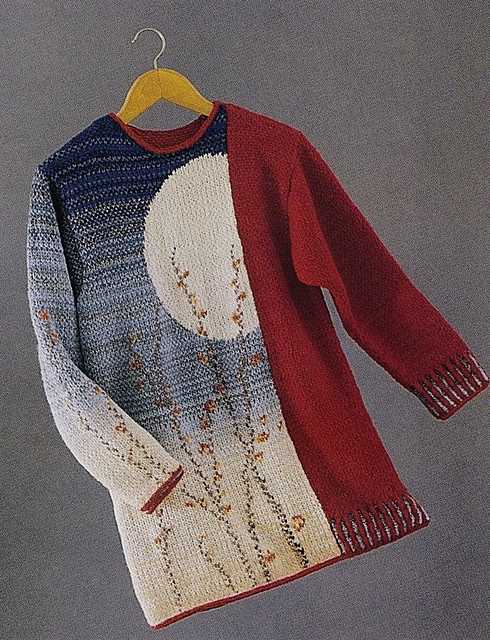
Japanese knitting designers are renowned for their exceptional skill, intricate patterns, and attention to detail. Their designs often incorporate traditional motifs, delicate textures, and unique construction techniques.
1. Keiko Kikuno
Keiko Kikuno is a renowned Japanese knitting designer known for her elegant and feminine designs. Her patterns often feature intricate lacework, delicate colorwork, and beautiful stitch combinations. Kikuno’s designs have a timeless and classic appeal, making them popular among knitters around the world.
2. Hitomi Shida
Hitomi Shida is a master knitter who has gained international recognition for her incredibly detailed and complex stitch patterns. Some of her most famous designs include intricate lace shawls and delicate socks. Shida’s patterns are highly sought after by advanced knitters who love a challenge and appreciate the artistry in her work.
3. Norah Gaughan
Although not Japanese by birth, Norah Gaughan is an American knitwear designer who has drawn inspiration from Japanese knitting techniques. She is known for her innovative and geometric designs that push the boundaries of traditional knitting. Gaughan’s patterns often feature intricate cables, unique stitch patterns, and unconventional garment constructions.
- 4. Michiyo: Michiyo is a well-known Japanese knitting designer who often combines traditional Japanese motifs with modern elements. Her designs often feature clean lines, subtle colorwork, and intricate stitch patterns.
- 5. Yoko Hatta: Yoko Hatta is a Japanese knitting designer known for her elegant and stylish designs. Her patterns often incorporate intricate lacework, delicate textures, and unique construction techniques.
- 6. Junko Okamoto: Junko Okamoto is a rising star in the Japanese knitting community. Her designs are often whimsical, featuring adorable animal motifs and playful color combinations. Okamoto’s patterns are popular among knitters of all skill levels.
These are just a few examples of the many talented Japanese knitting designers who have made a significant impact in the knitting world. Their unique and creative designs continue to inspire and captivate knitters around the globe.
Choosing Yarns for Japanese Knitting Projects
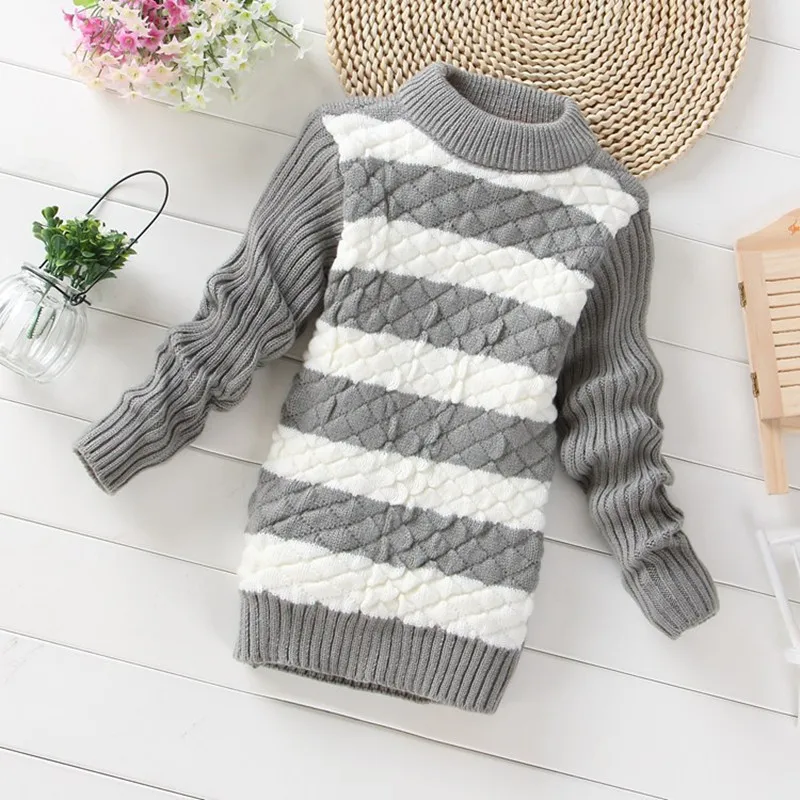
When it comes to Japanese knitting projects, selecting the right yarn is crucial to achieving the desired results. Japanese knitting patterns often feature intricate stitch patterns that require specific types of yarn to showcase the design elements effectively. The choice of yarn can also influence the overall drape and texture of the finished project.
1. Fiber Content: The first consideration when choosing yarns for Japanese knitting projects is the fiber content. Different fibers have distinct characteristics that affect the look and feel of the knitted fabric. Traditional Japanese knitting patterns often call for natural fibers like silk, cotton, and linen, as these fibers offer breathability and drape. However, modern patterns also incorporate blends and synthetic fibers to enhance durability and elasticity.
- Silk: Silk yarns are renowned for their lustre, softness, and drape. They are often used in Japanese knitting projects to achieve a luxurious look and feel. Silk blends, such as silk/wool or silk/cotton, offer a balance of silk’s elegance and the additional properties of the other fibers.
- Cotton: Cotton yarns are popular for lightweight and breathable garments suitable for warmer weather. They provide excellent stitch definition, making them ideal for showcasing intricate stitch patterns in Japanese knitting projects.
- Linen: Linen yarns bring a crispness and earthy texture to Japanese knitting projects. They offer great stitch definition and drape, making them suitable for garments and accessories.
- Blends: Blending fibers allows for customized characteristics in the yarn. Wool blends add warmth and elasticity, while plant fiber blends maintain breathability and drape. Synthetic fibers like acrylic can enhance the durability and easy care properties of the yarn.
2. Weight: The yarn weight should also be considered when choosing yarns for Japanese knitting projects. The weight of the yarn determines the gauge and overall thickness of the fabric. Japanese knitting patterns often provide suggestions for the ideal yarn weight to achieve the intended design and drape. Pay attention to the pattern’s recommended gauge and consider the intended use of the finished project. Lace-weight yarns create delicate and lightweight fabrics, while thicker weights like worsted or bulky can provide warmth and coziness.
With these considerations in mind, selecting the right yarn for your Japanese knitting project will help you bring out the beauty of the intricate stitch patterns and create a finished piece that meets your expectations.
Recommended Tools for Japanese Style Knitting
When it comes to Japanese style knitting, having the right tools is essential to achieve the intricate and beautiful patterns that are characteristic of this technique. Here are some recommended tools that every Japanese style knitter should have in their kit:
1. Japanese Knitting Needles
To create Japanese style knitting patterns, it is important to use the right needles. Japanese knitting needles are typically made of bamboo or wood and come in various sizes and lengths. They have a smooth finish that allows the yarn to glide easily, making it ideal for intricate stitch work. The lightweight nature of these needles also reduces hand fatigue during long knitting sessions.
2. Stitch Markers
Stitch markers are essential tools for keeping track of stitch counts and pattern repeats. In Japanese style knitting, where complex stitch patterns are often used, stitch markers help ensure accuracy and prevent mistakes. They can be placed on the needle or directly onto the stitches to mark specific sections or pattern repeats.
3. Cable Needles
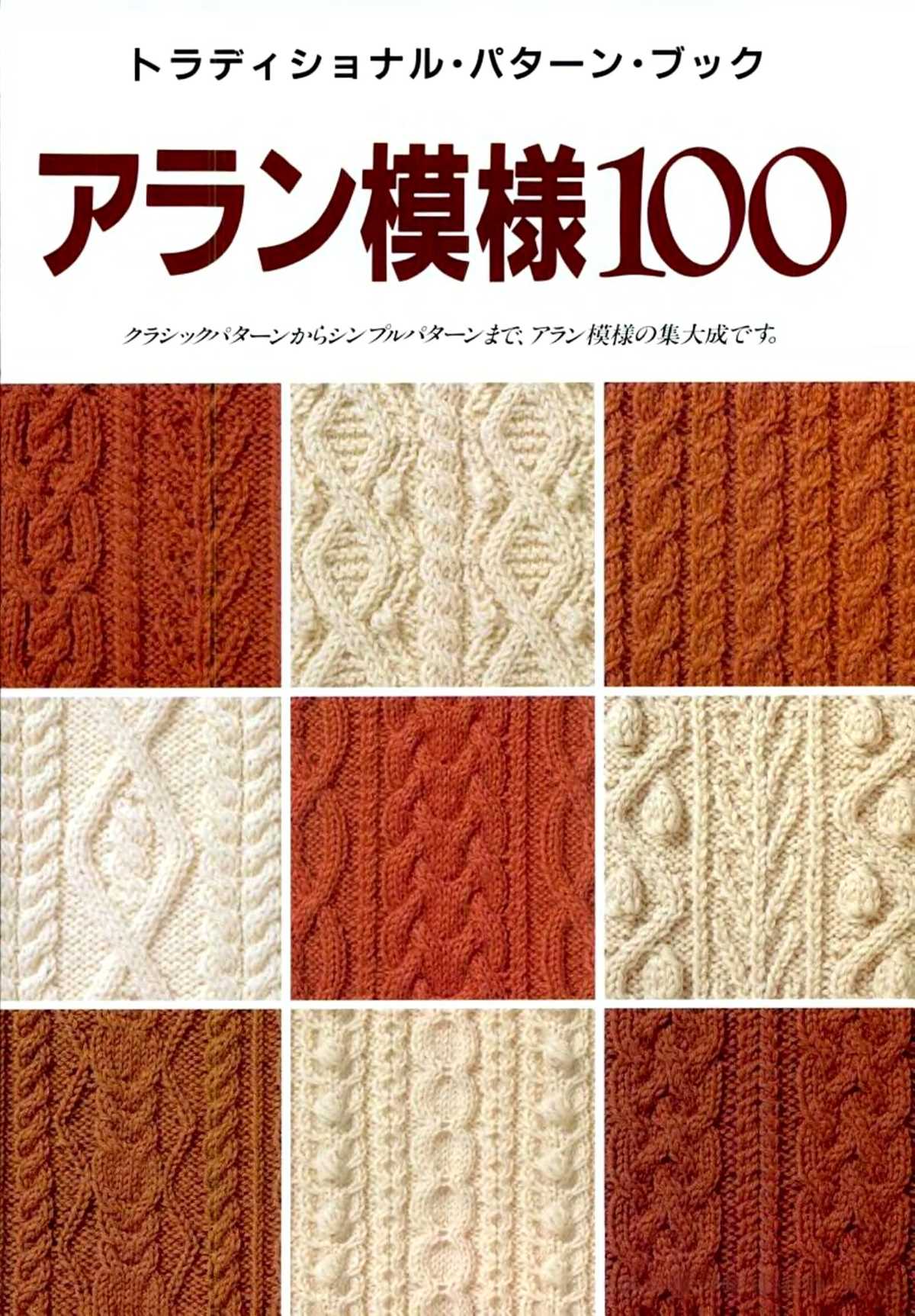
Cable needles are used in Japanese style knitting to create intricate cable stitch patterns. These needles are typically short, with a U or V shape, allowing the knitter to hold a few stitches out of order while they work on the rest of the pattern. Cable needles can be made of metal, plastic, or wood, depending on personal preference.
4. Japanese Stitch Dictionaries
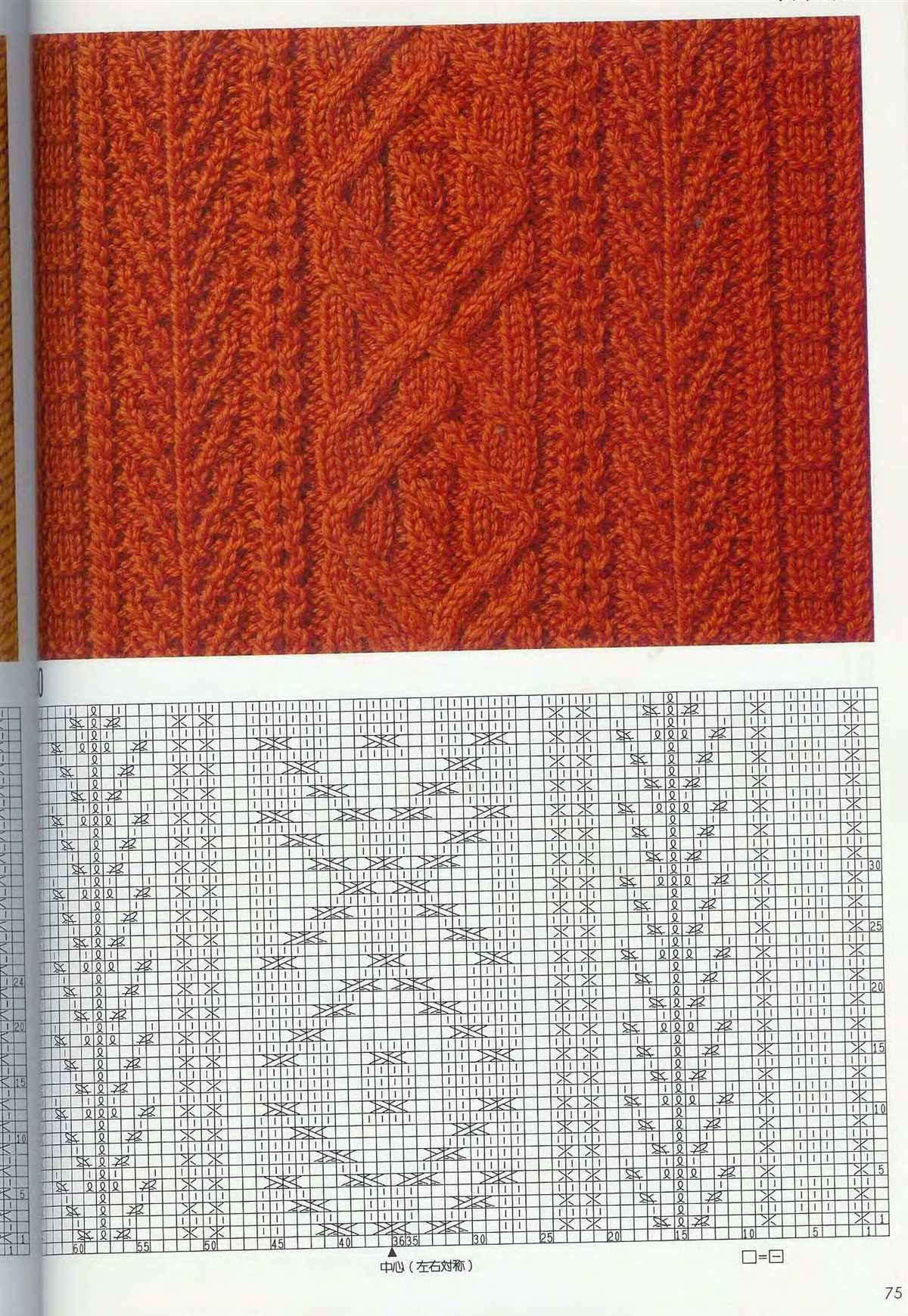
A comprehensive collection of Japanese stitch dictionaries is an invaluable resource for anyone interested in Japanese style knitting. These dictionaries contain a wide range of stitch patterns, from simple to complex, along with charts and instructions on how to create each pattern. They provide endless inspiration for creating unique and beautiful designs.
In summary, having the right tools is essential for mastering Japanese style knitting. Whether it’s the right needles, stitch markers, cable needles, or stitch dictionaries, investing in these tools will ensure that you can create stunning Japanese style patterns with ease and precision.
Getting Started with Japanese Knitting
Japanese knitting patterns are known for their intricate designs, attention to detail, and unique stitch patterns. If you’re new to Japanese knitting or want to give it a try, here are some tips to get you started.
1. Understand the Symbolic Language: Japanese knitting patterns use a symbolic language to represent different stitches and techniques. It’s important to familiarize yourself with these symbols before diving into a project. There are many resources available online that provide translations of these symbols, making it easier to follow along.
2. Learn the Basics:
- Knitting: Japanese knitting typically uses the continental style of knitting, where the yarn is held in the left hand. If you’re used to the English style of knitting, it may take some practice to get used to this technique.
- Purling: Purling is typically done by wrapping the yarn under the right-hand needle instead of over it. This creates a twisted stitch appearance that is common in Japanese knitting.
- Increases and Decreases: Japanese knitting patterns often use unique increases and decreases, such as a k2tog tbl (knit two stitches together through the back loop) or a M1R (make one right). Take the time to learn these techniques and practice them before starting a project.
3. Start with Simple Patterns: As with any knitting technique, it’s best to start with simple patterns to familiarize yourself with the style. Look for patterns that have clear instructions and diagrams, and gradually work your way up to more complex designs as you gain confidence.
4. Use Stitch Dictionaries: Japanese stitch dictionaries are an invaluable resource for discovering new stitch patterns and techniques. These books provide an extensive collection of stitch patterns, along with detailed instructions and charts. Investing in a good stitch dictionary will expand your knowledge and inspire your own designs.
5. Join a Knitting Community: Lastly, consider joining a knitting community or online group that focuses on Japanese knitting. These communities often provide support, tips, and resources for knitters interested in Japanese knitting. It’s a great way to connect with like-minded individuals and learn from their experiences.
With these tips in mind, you’ll be on your way to creating beautiful Japanese-style knits. Enjoy the process of learning and exploring this unique knitting style!
Tips and Tricks for Successful Japanese Knitting
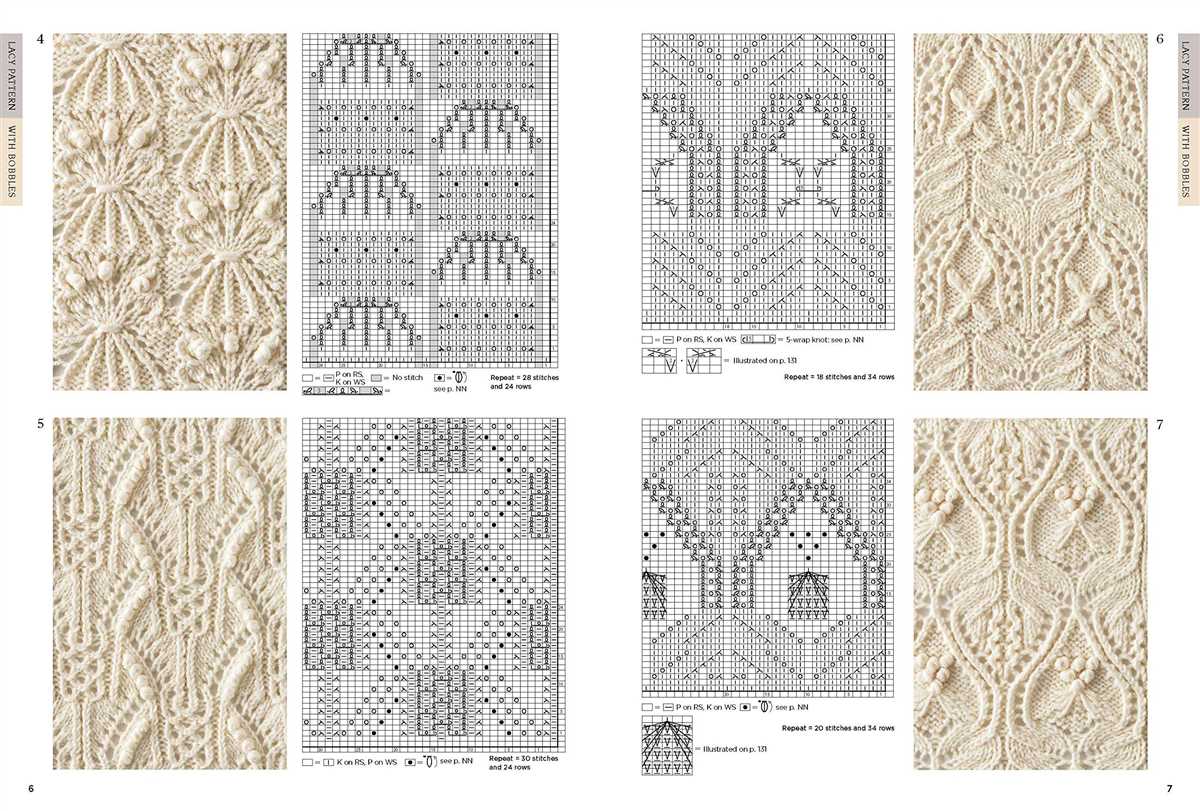
If you’re new to Japanese knitting patterns, it’s important to familiarize yourself with some key techniques and tips to ensure success. The Japanese knitting style has its own unique terminology and chart symbols, so taking the time to understand these will greatly enhance your ability to read and follow patterns.
1. Learn the Terminology: Japanese knitting patterns commonly use terms like “mokume,” “kikko,” and “sakura” to describe different stitch patterns and motifs. It can be helpful to create a cheat sheet or reference guide of these terms to have on hand while working on your projects.
2. Master the Chart Symbols: Japanese knitting charts use a variety of symbols to represent different stitches and actions. It’s essential to familiarize yourself with these symbols and what each one represents. Some symbols may be similar to those used in Western knitting patterns, but there may also be unique symbols to learn.
3. Practice the “Japanese way” of knitting and purling: Japanese knitters often hold their yarn in their left hand and use their fingers to control tension. This can be different from the more common method of “throwing” the yarn with the right hand. Experiment with different styles to find what feels most comfortable and efficient for you.
4. Use stitch markers: Japanese knitting patterns may require frequent increases, decreases, or color changes. Placing stitch markers can help you keep track of these changes and ensure you’re following the pattern correctly. Be attentive to the placement of the stitch markers within the pattern instructions.
5. Take advantage of stitch dictionaries: Japanese knitting books often include extensive stitch dictionaries filled with beautiful and intricate patterns. These can be excellent resources for inspiration and learning new techniques. Don’t be afraid to explore and try new stitches to enhance your knitting repertoire.
- 6. Use a row counter: With the intricate stitch patterns of Japanese knitting, it’s easy to lose track of rows. A row counter can be a valuable tool to help you stay organized and keep track of where you are in the pattern.
- 7. Block your finished project: Blocking is an essential step in any knitting project, but it is especially important in Japanese knitting. Many stitch patterns require blocking to fully showcase their intricate details and create the desired shape and drape of the finished piece.
- 8. Seek out resources: Don’t hesitate to reach out to other knitters or join online communities focused on Japanese knitting. Sharing experiences, tips, and troubleshooting with fellow enthusiasts can be a great way to expand your knowledge and make your Japanese knitting journey even more enjoyable.
Exploring Cultural Influences in Japanese Knitting Patterns – Conclusion
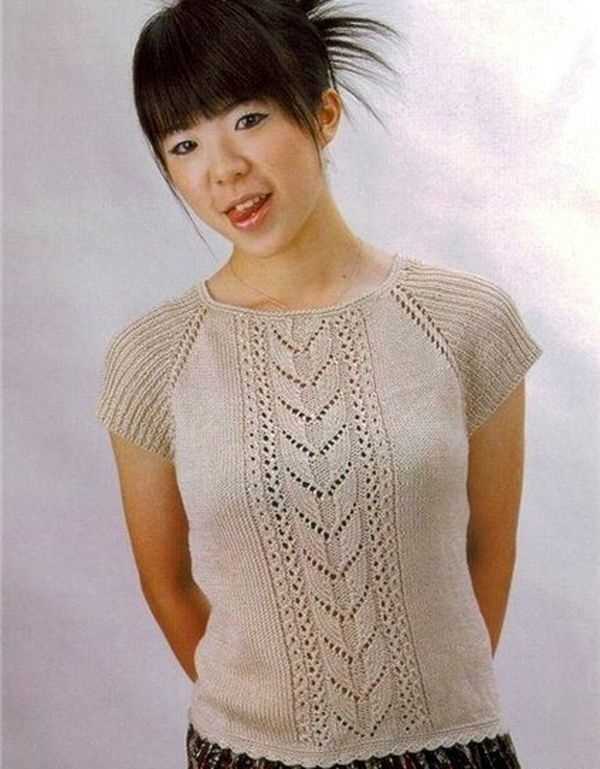
Japanese knitting patterns have a rich cultural heritage that is reflected in their intricate designs and attention to detail. From traditional motifs to innovative techniques, these patterns offer a unique perspective on the art of knitting.
In this article, we have explored the different elements that make up Japanese knitting patterns, including the use of symbols, charted instructions, and stitch patterns. We have also discussed how these patterns are influenced by traditional Japanese arts, such as origami and calligraphy, and how they incorporate elements of nature and symbolism.
Through the exploration of Japanese knitting patterns, we can gain a deeper understanding of the cultural influences behind them and how they have evolved over time. Whether you are an experienced knitter or a beginner, incorporating these patterns into your projects can not only create beautiful garments but also help you appreciate the artistry and cultural significance behind them.
By embracing the Japanese knitting tradition, we can not only enjoy the process of creating unique and beautiful knitted pieces but also celebrate the rich culture and heritage of Japan.